The Buildings To Visit During Open House London 2016
By Something CuratedThis weekend, 17 and 18 September, a number of London’s ordinarily private buildings, landmarks and residences will be open to the public. Directed by Rory Olcayto, critic and editor of the Architects’ Journal, Open House was started in 1992 as a non-profit organisation to promote public awareness and appreciation of the capital’s design and architecture. The annual event unlocks London’s unique buildings to visitors who don’t otherwise have access to them.
The concept, which was initiated by Open-City, London’s leading independent architecture education organisation, over twenty years ago, has now extended to thirty locations worldwide, including New York, Tel Aviv, Barcelona, Rome, Helsinki, and Chicago. The platform offers people an opportunity to become more knowledgeable, and engage in critical dialogue about architecture in an active way. From Victorian homes to monolithic skyscrapers, Something Curated takes a look at the best on offer at this year’s Open House London.
.
VICTORIAN
Leighton House Museum
Originally the home and studio of Lord Leighton, President of the Royal Academy, Leighton House is one of the city’s most remarkable buildings from the 19th Century. The house features an extraordinary Arabian hallway with fountain, complete with intricately designed tiling. The museum houses an outstanding collection of Victorian art, including paintings by Leighton himself. The labyrinthine residence was built by architect Aitchison between 1864-79, and was refurbished in 2010 by Purcell Miller Tritton.
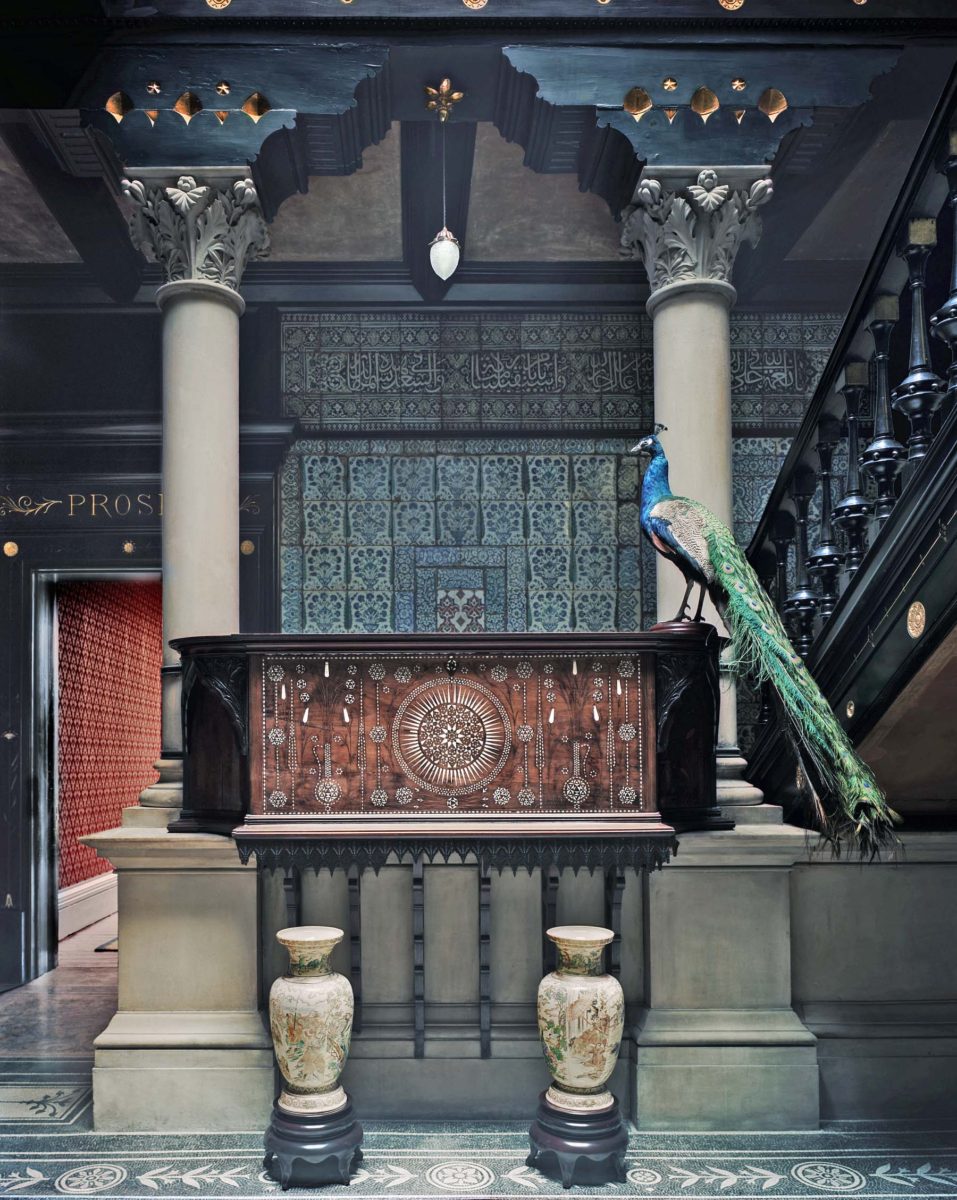
Alexandra Palace
Alexandra Palace opened in May 1873, under the supervision of architect John Johnson, as a public centre of recreation, education and entertainment. It has gone onto have many different uses throughout its 150-year history. For the first time, tours will visit the basement, where bread ovens, a bunk bed and cell remain from the First World War when the Palace was used as an internment camp.
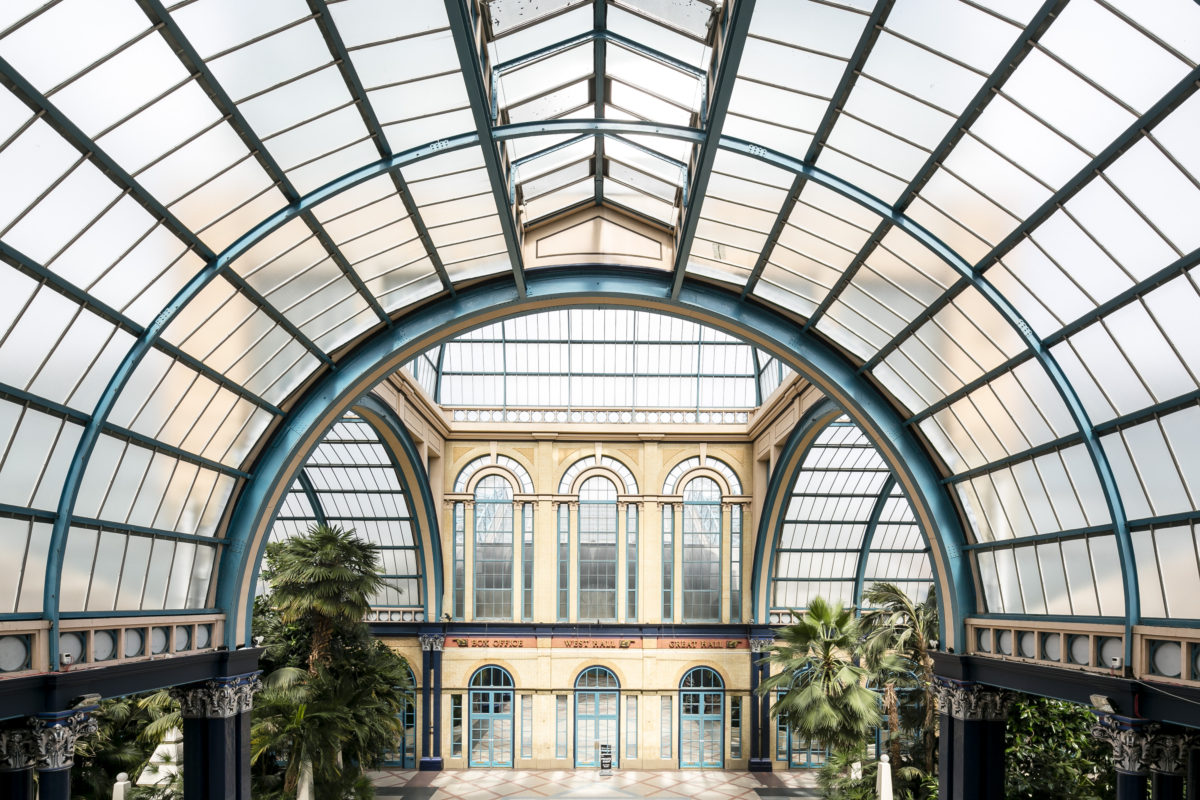
.
PRE-WAR
Rudolf Steiner House
Rudolf Steiner House is a unique example of Expressionist architecture in London, featuring a sculptural staircase inspired by the organic shapes of plant forms. The Grade II listed building was originally conceived by Montague Wheeler in 1926, and was renovated with an additional café area in 2008 by Nicolas Pople.
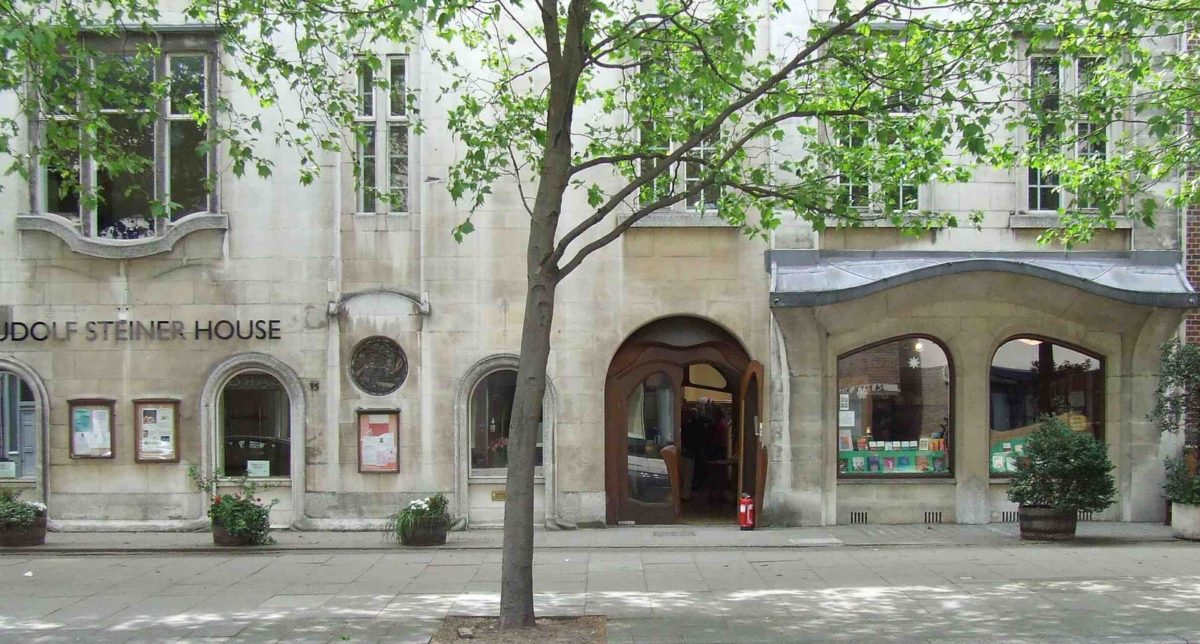
.
MODERNIST
Bevin Court
Built by architects Skinner, Bailey and Lubetkin in 1954 on the bomb damaged site of Holford Square, Bevin Court is one of London’s hidden Modernist gems. Lubetkin’s motto ‘Nothing is too good for ordinary people’ resonates through this revolutionary building. Restored to its former glory with the help of the HLF, Peter Yates’ mural and the reinstated 3D-printed bust of Ernest Bevin are exhibited on site.
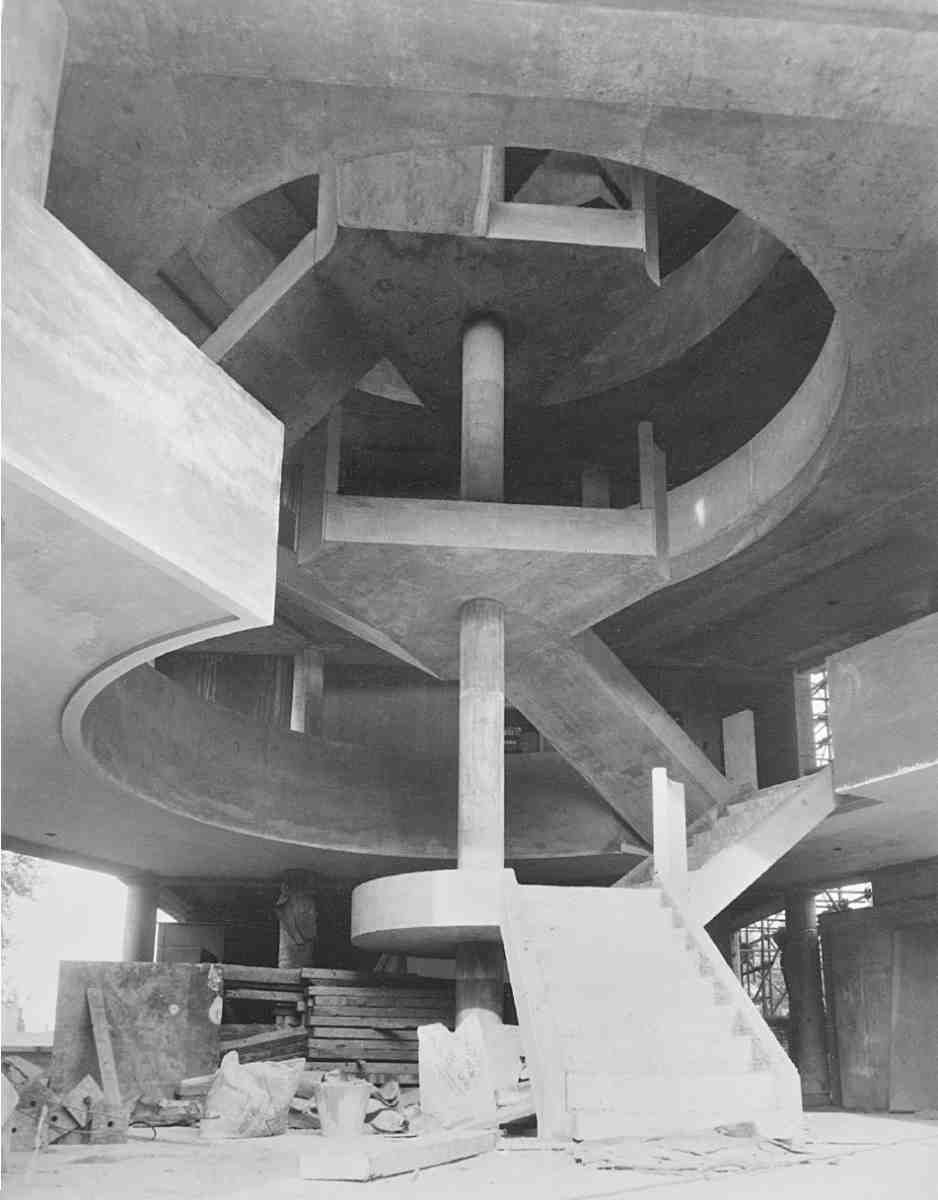
.
POST-MODERN
Gustafson Porter & 51 Architecture Studios
Formerly Sir David Chipperfield’s offices, built in 1987-89, and defined by an exposed concrete spine wall and airy courtyard, 51 Architecture Studios and Gustafson Porter exploit the full potential of the triangular site that was once a scrapyard.
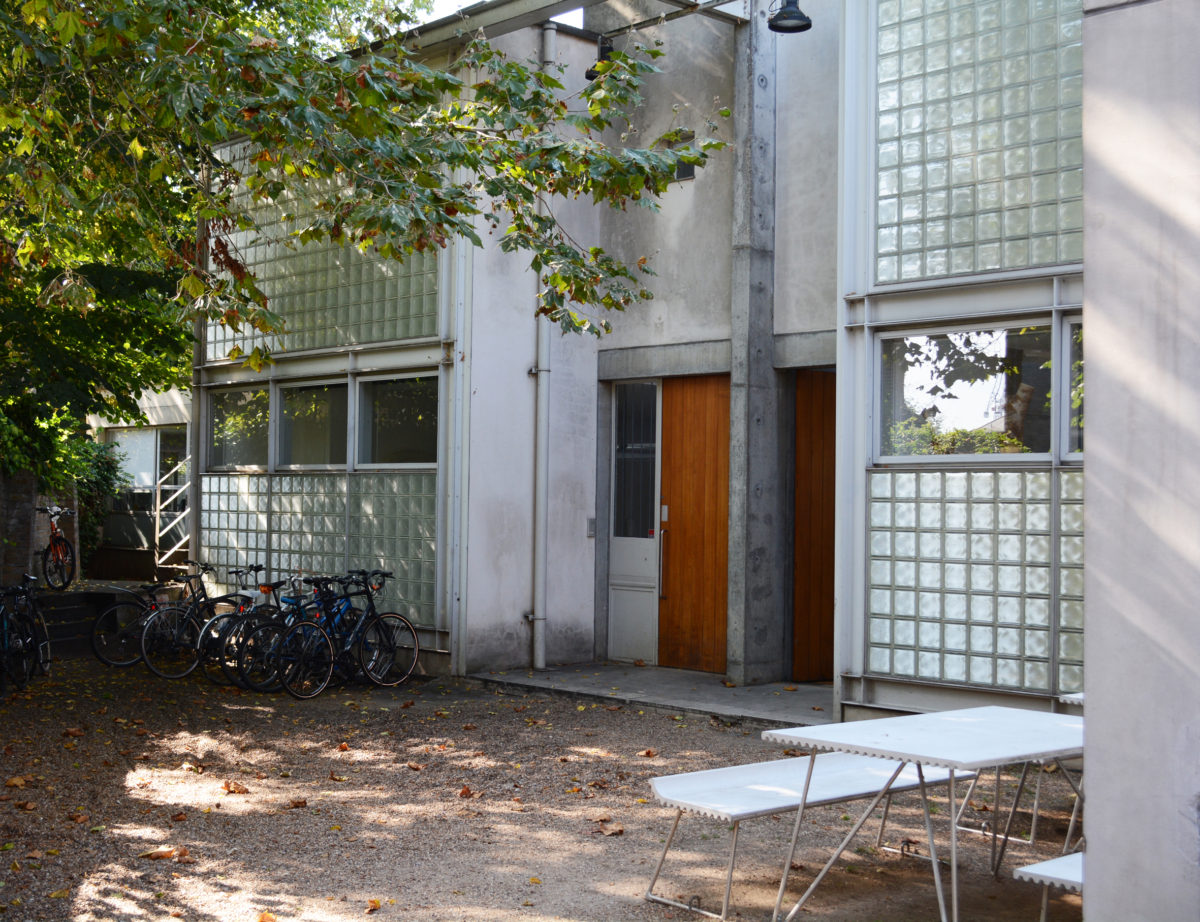
Tower 42
Tower 42 is the City of London’s tallest fully occupied building designed by Seifert in 1981. Consisting of three hexagonal chevrons, the 601 ft. skyscraper was the first to break previous restrictions on tall buildings in London. During a comprehensive refurbishment in 1995 by R & Partners, GMW and Fletcher Priest, a new glass and steel entrance hall was built on Old Broad Street and the building’s external metal cladding was replaced.
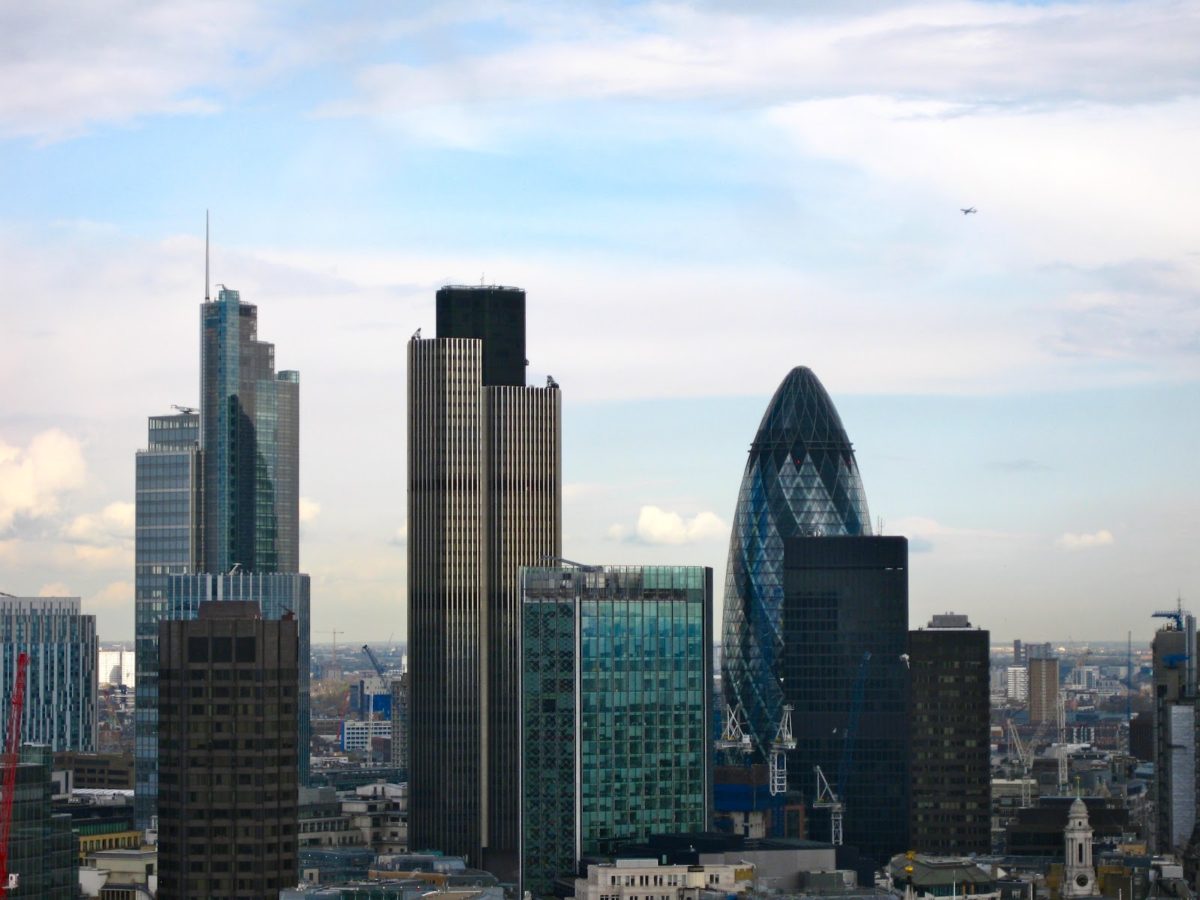
.
CONTEMPORARY
The Yard House
The Yard House, built by Jonathan Tuckey Design in 2015, is a new family home with workshops and a central courtyard lined in translucent polycarbonate panels, situated inside an old brickyard behind lively Lordship Lane.
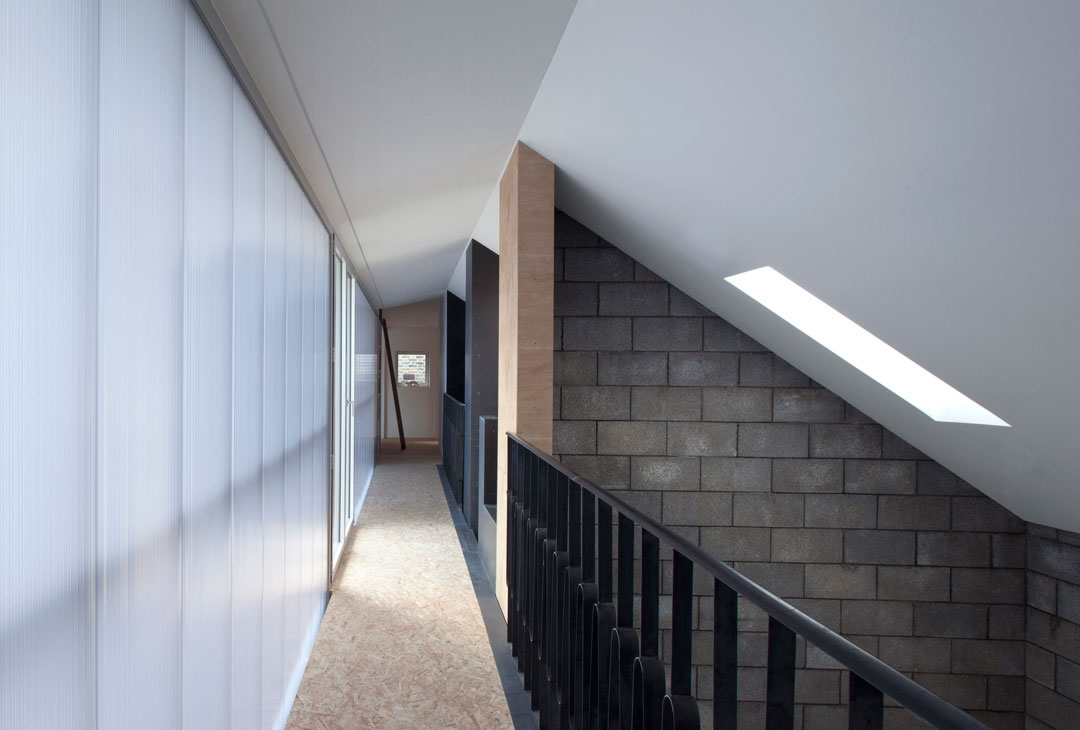
(Juergen Teller’s) Apartment for an Artist
Built by 6a Architects in 2016, the concrete framed structure of this apartment building adjusts to its irregularly shaped corner plot. Exposed beams and columns support lime-washed interiors and a scratched stucco facade forms an abstract expression to the street.
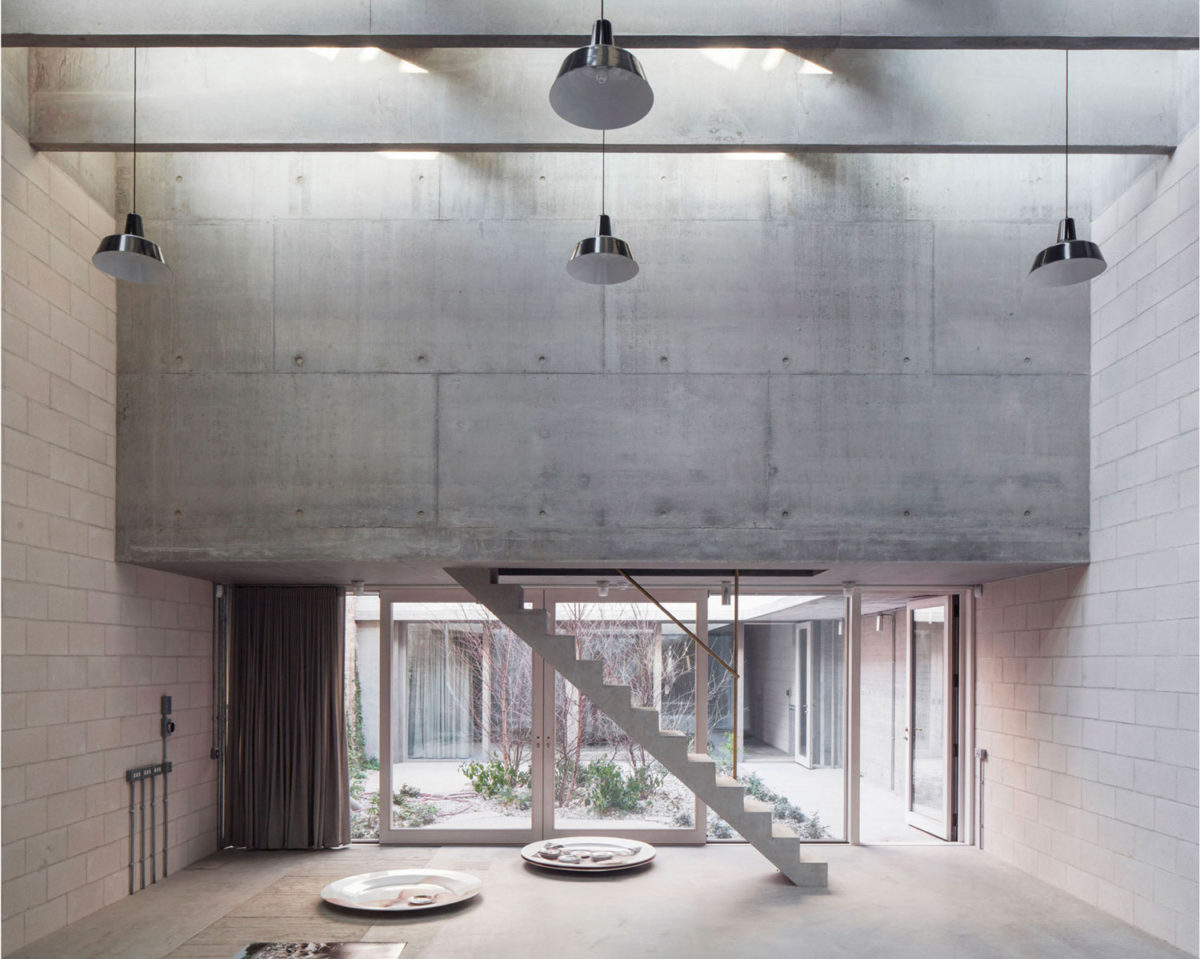
Clock House
Built by Archmongers in 2015, Clock House is a revitalised 1960s mid-terrace building in Finsbury Park, with a brick and timber extension, remodelled interior and glazed facade tiles, that showcases hardwearing and timeless materials.
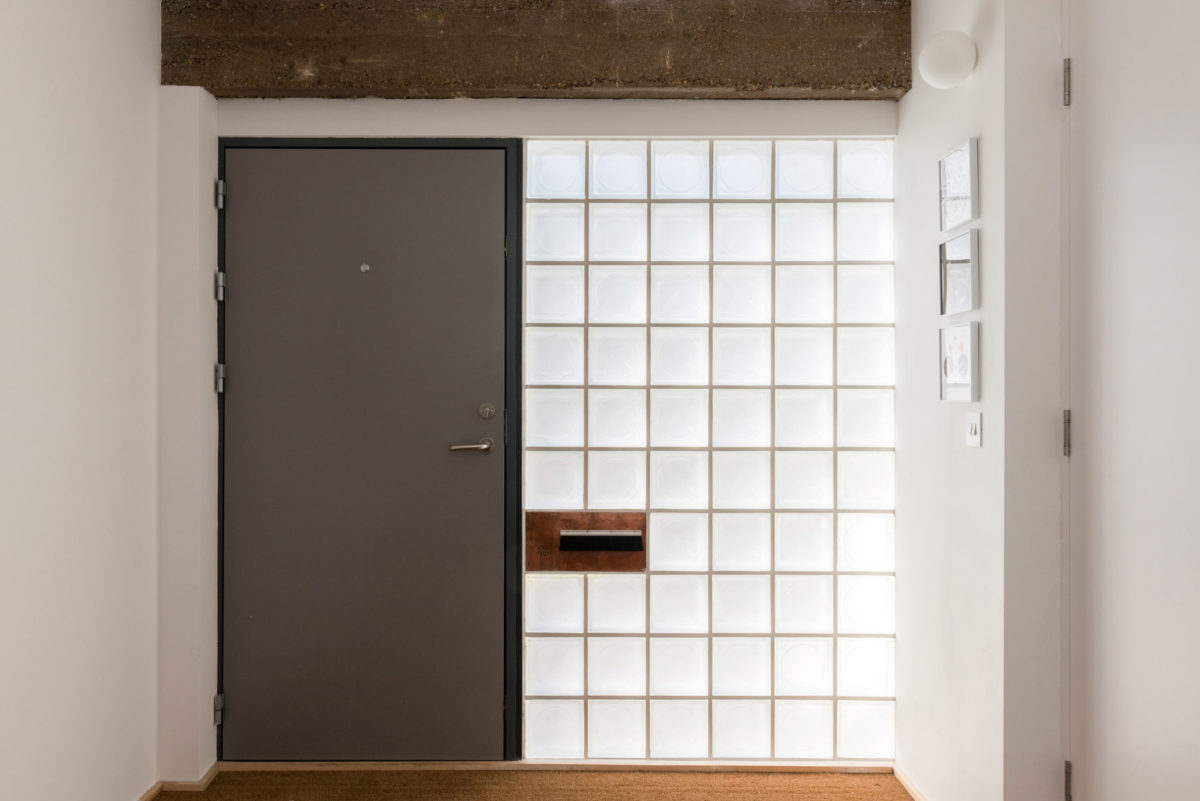
Clapton House
Built by Hugh Strange Architects in 2015, Clapton House is an enlarged family home that completely transforms an existing two-storey terraced house. Sometimes appearing old and in other parts new, the building’s interior offers a rich combination of the two.
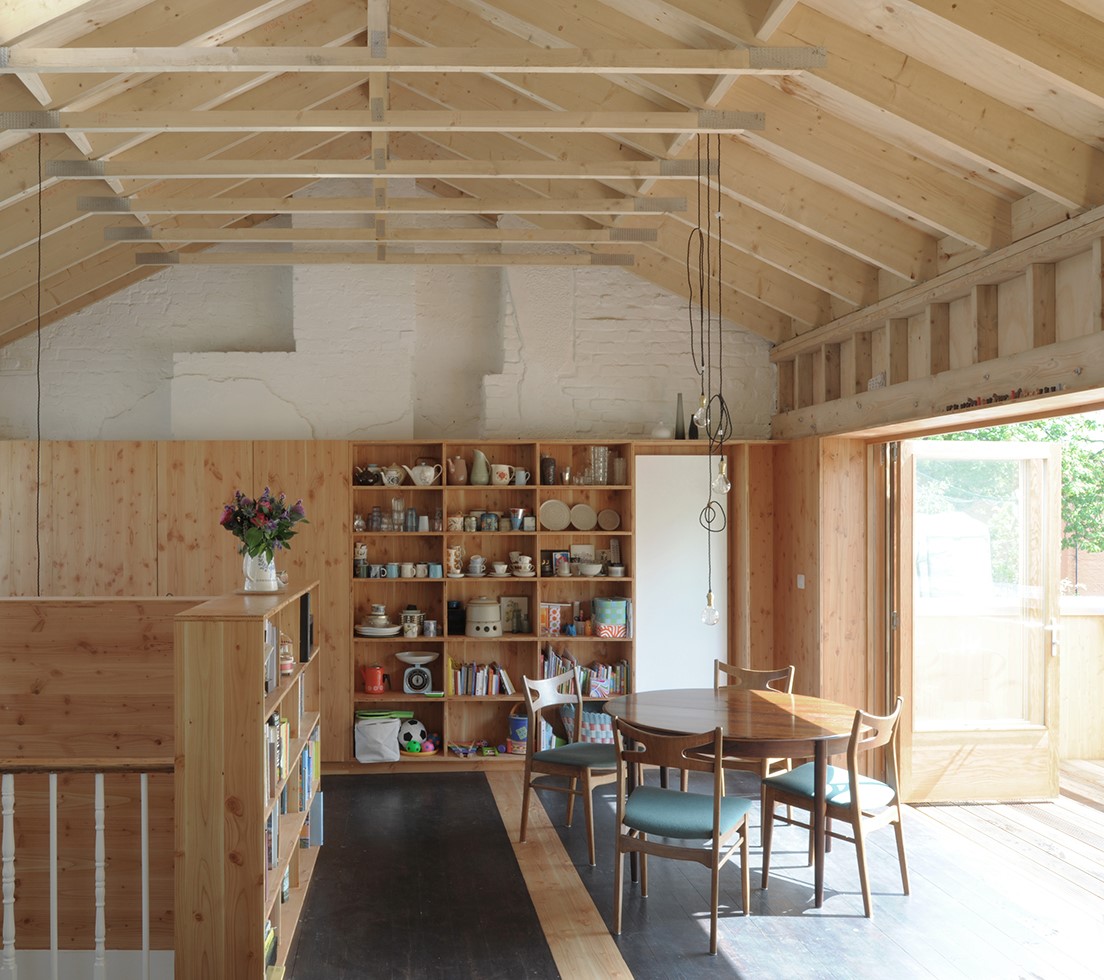
Kew House
Kew House is a contemporary family home formed of two weathering steel volumes inserted behind the retained facade of a 19th Century brick stable, set within a conservation area on the doorstep of Kew Gardens. Built by Architect Piercy & Company in 2014, the structure was shortlisted for RIBA House of the year 2015.
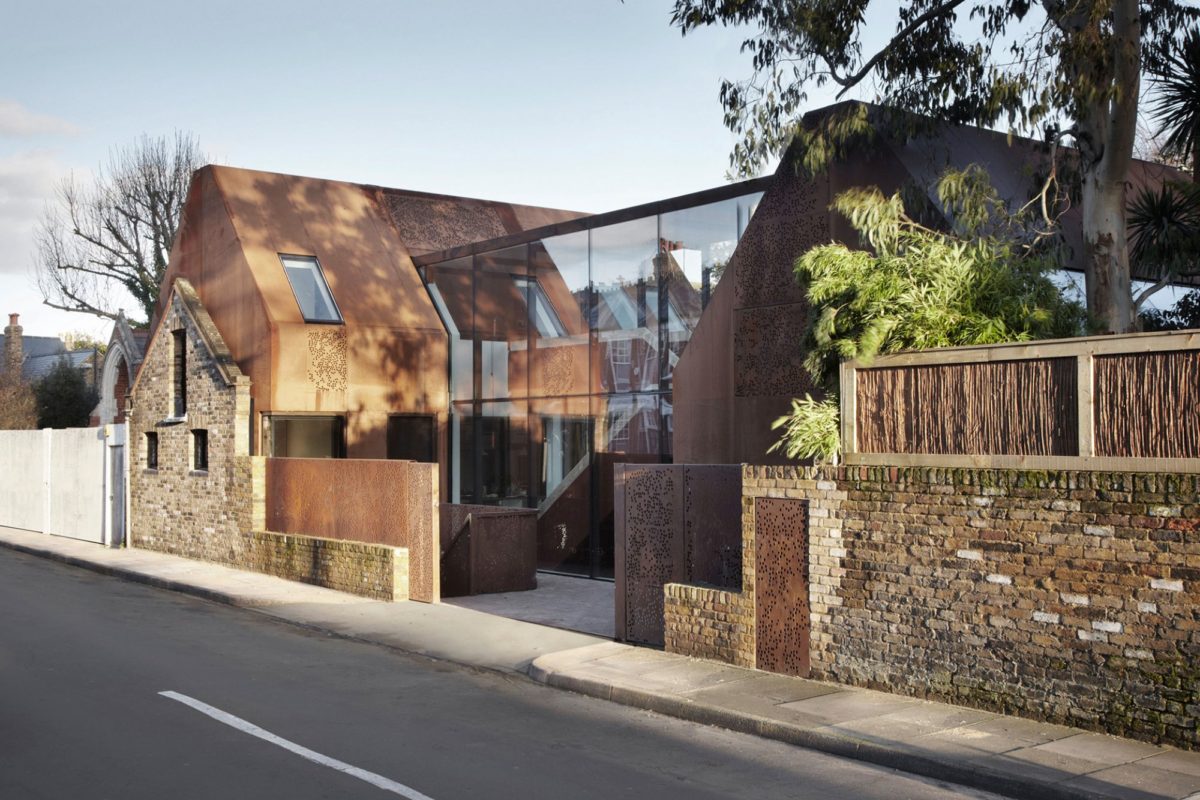
The Pavilion
Recipient of the ES Homes and Property Award 2015 and voted as the UK’s Top Eco Home on the Guardian online, The Pavilion is an uncompromisingly modern house in the Blackheath Conservation area. The project, featuring a full home automation system, verdant gardens and open plan living spaces flooded with natural light, was built by E2 Architecture in 2014.
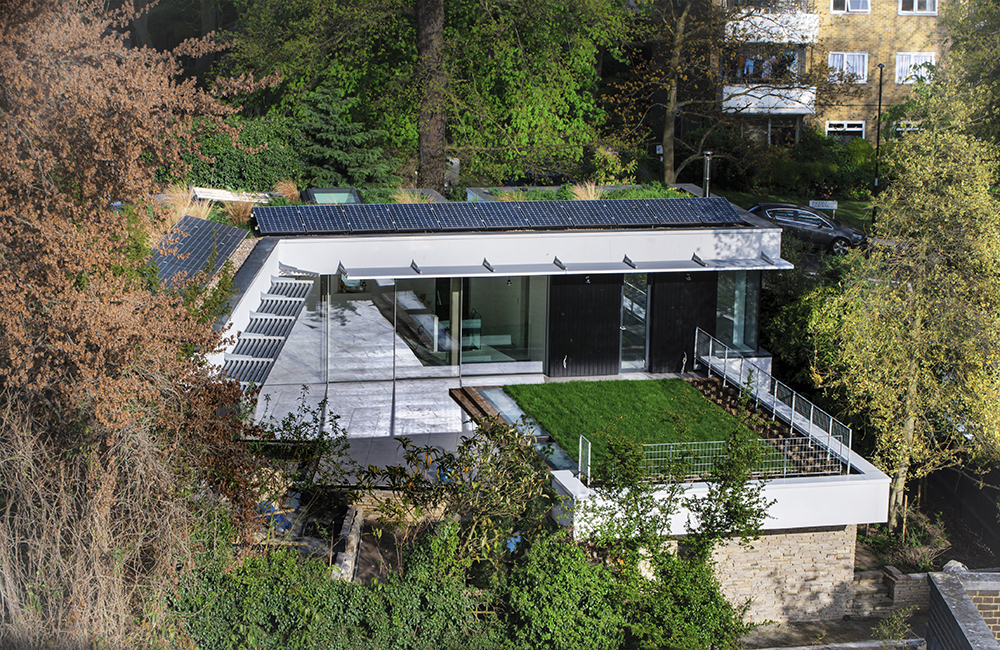
Feature image: Kew House by Piercy & Company, 2014 (via Piercy & Company)
Curated by Tamara Akcay